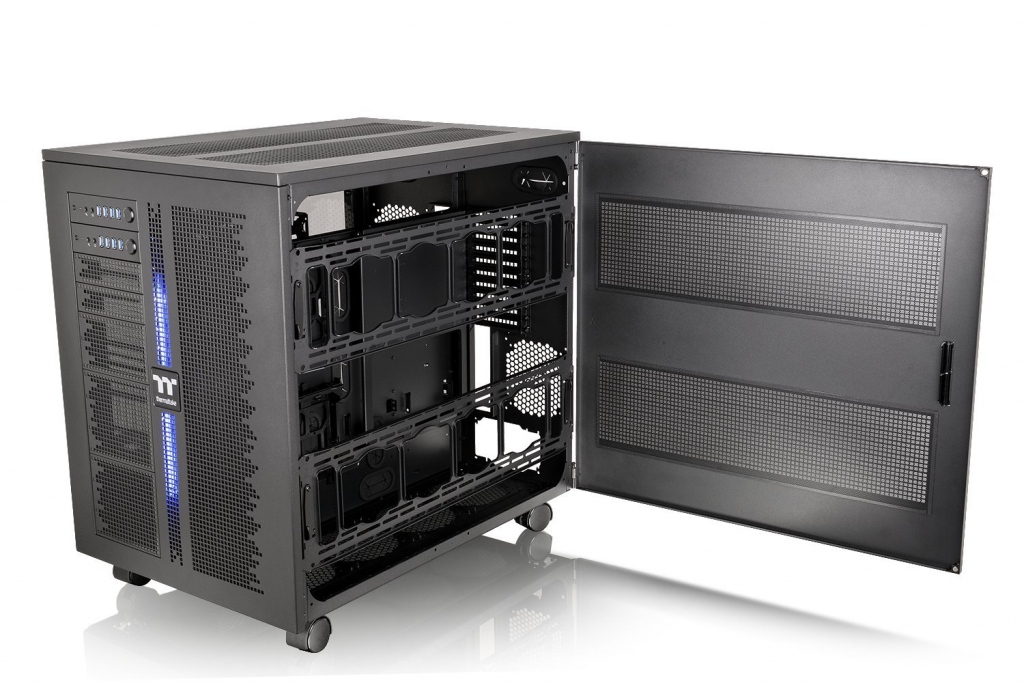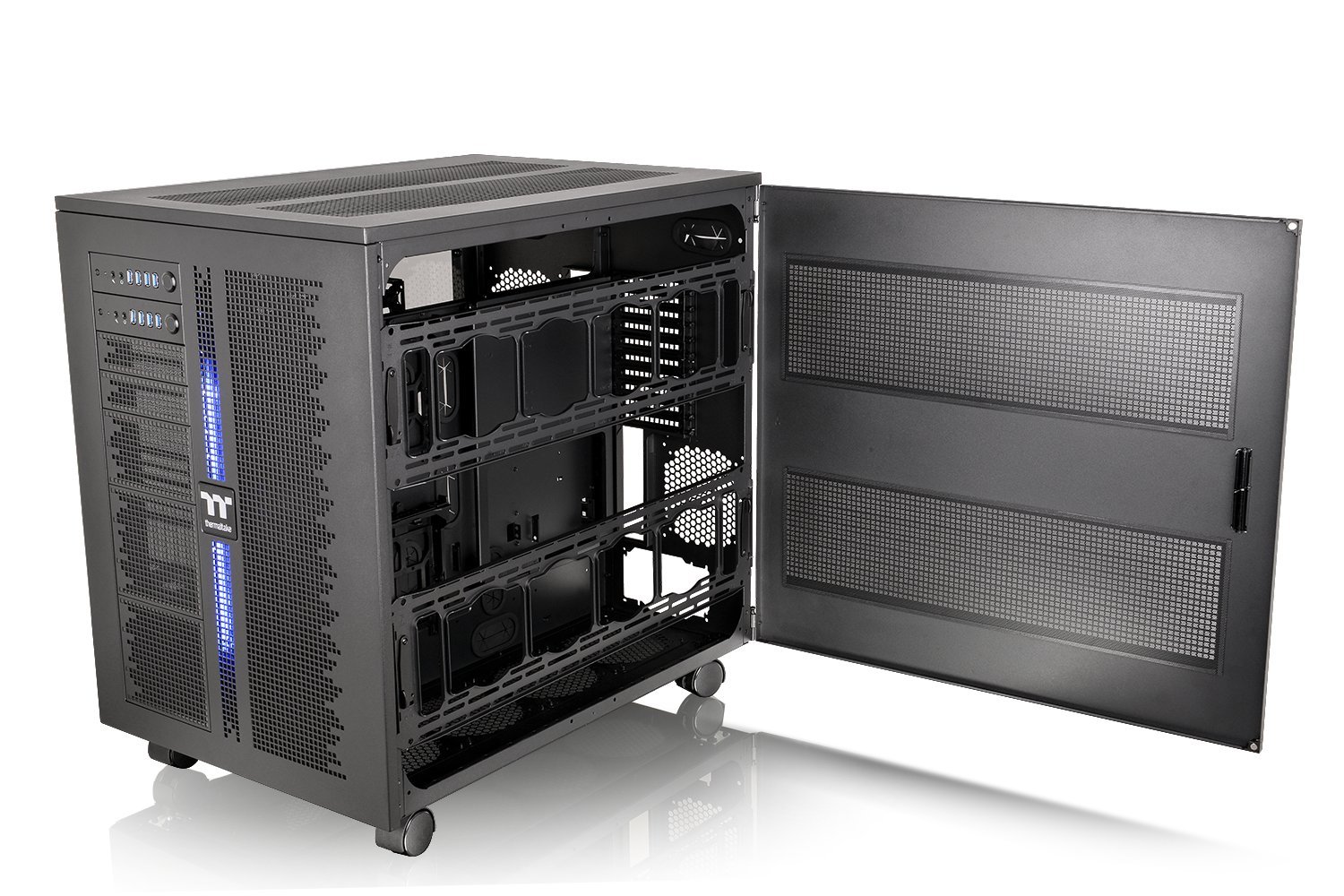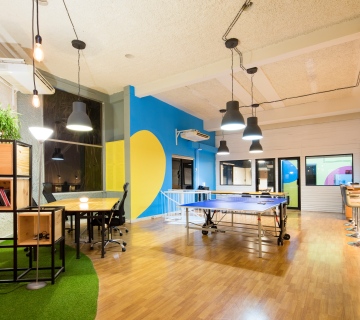Various industries utilize electronics enclosures as a means to protect various testing, analytics and measurement devices. These protective cabinets have a wide-ranging application in the military, industrial and power control, oil and gas, medical, and laboratory sectors. The end applications of electronics enclosures are too diverse to list here, but one thing is for sure – they need to leverage proper cooling options to meet the requirements of all these complicated devices. This article discusses the two commonest ways to achieve that.

Using Fans in Electronics Enclosures:
When the electronics enclosures are composed of aluminum and sheet metal, the range of cooling options is vast. Some of them include partial top perforation for heat exhaust, top and bottom perforation, full top perforation for higher exhaust needs, and rear panel perforation in different categories. More unusual options include conduction-hybrids and use of liquids among others. However, cooling through fan is, by far, the most accepted means for cooling electronic enclosures. Using of fans involves the following considerations:
- Customization Options: In the case of modular enclosures composed of aluminum, the range of configuration option is pretty big. Providing all the above mentioned cooling options might not be possible due to the lack of availability in standard sizes. However, customization can be kept to a bare minimum to better accommodate the differences. This is achievable through a standard or a modified, tailored enclosure device that shortens the time to market and minimizes the cost of production and development.
- Heat Dissipation: The higher the number of openings, the more the amount of heat evacuated. The majority of devices and instruments nowadays using metal enclosures come equipped with an internal fan. This setup is fitted either on the device or another cooling option, like heat conduction or sinks. If there is a need for it, completely enclosed variants are available in the market.
- Placement of Fans: Sometimes a fan tray is placed at the enclosure’s bottom. You can also incorporate the fan into the rear panel of the device. The standard fans are 120 mm muffin models, but several other sizes are available, too. To gain access to the enclosure, these panels come with a hinge at the bottom or on the side. This makes maintenance a lot easier, and you no longer face any trouble while replacing parts of the device.
Cooling through Increased Airflow
Using a fan is not all; the enclosure should have an adequate airflow to cool down. The two following techniques help improve the circulation of air within the enclosure:
- Using Feet: Some desktop electronics enclosures feature ’feet’ options. The use of the feet helps to angle the enclosure in such a way that viewing no longer becomes a problem. This is also effective in preventing scratches on the desktop and offering sufficient spacing between the desk and the bottom of the enclosure to permit uninterrupted airflow. The setup comes with a carry handle that doubles up as a stand up which is used to prop up the enclosure and fulfill the same goals. The dual function is quite handy for devices that involve regular transportation. The overall aesthetic appearance is also quite nice.
- Using Stands: Stands instead of regular feet can be used to increase the airflow of the enclosure, and the impact will be the same. End caps also provide a stand-off, adding suitable protection to your lab bench and desktop, and preventing any direct contact with the metal case. Some smart designs you are used to stack multiple enclosures. This sort of enclosure usually has a top in the shape of a bezel edge, allowing a similar enclosure to be placed above it safely and securely.
For modular electronics enclosures, a wide range of cooling options are available. Irrespective of whether the enclosures require any openings or not, whether it has a modular or standard structure, lots of cooling options can be used as per users’ convenience.



